PublicHumanResourceManagement:Strategiesand Practicesinthe21st

https://ebookmass.com/product/public-human-resourcemanagement-strategies-and-practices-in-the-21st/
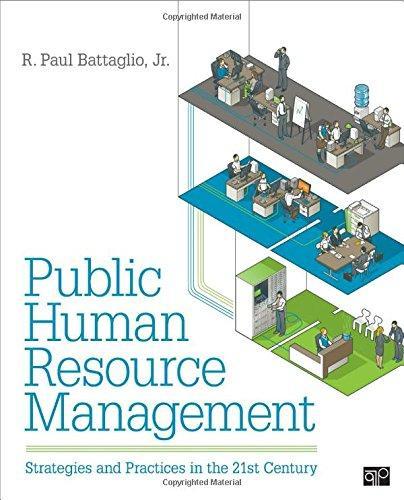
Instant digital products (PDF, ePub, MOBI) ready for you
Download now and discover formats that fit your needs...
Human Resource Management in Public Service: Paradoxes, Processes, and Problems
https://ebookmass.com/product/human-resource-management-in-publicservice-paradoxes-processes-and-problems/
ebookmass.com
Handbook of Human Resource Management in Government (Essential Texts for Nonprofit and Public Leadership and Management 41) – Ebook PDF Version
https://ebookmass.com/product/handbook-of-human-resource-managementin-government-essential-texts-for-nonprofit-and-public-leadership-andmanagement-41-ebook-pdf-version/
ebookmass.com
Human Resource Management in the Pornography Industry: Business Practices in a Stigmatized Trade 1st ed. Edition David M. Kopp
https://ebookmass.com/product/human-resource-management-in-thepornography-industry-business-practices-in-a-stigmatized-trade-1st-ededition-david-m-kopp/
ebookmass.com
The Sermons of John Donne: Volume 4
https://ebookmass.com/product/the-sermons-of-john-donne-volume-4/
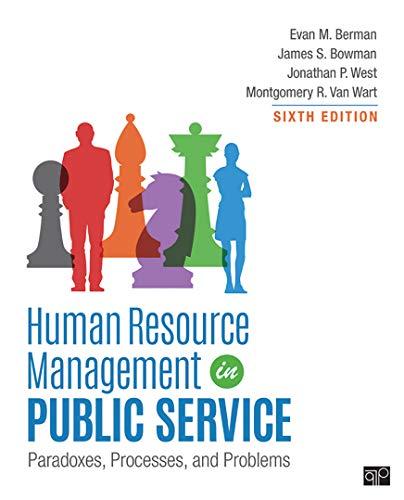
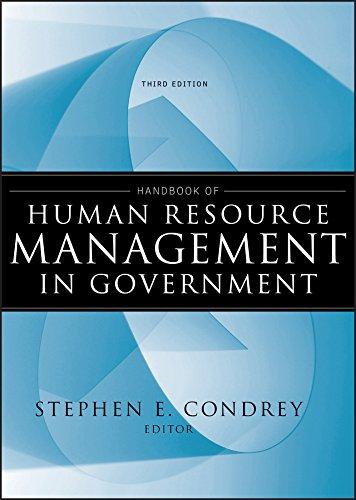
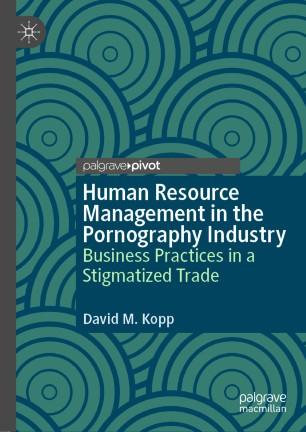
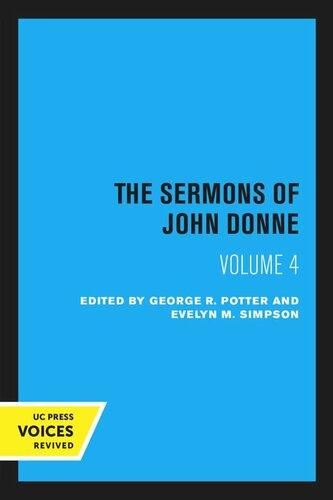
ebookmass.com
The State of Texas: Government, Politics, and Policy, 5e Sherri Mora
https://ebookmass.com/product/the-state-of-texas-government-politicsand-policy-5e-sherri-mora/
ebookmass.com
The Good Society: An Introduction to Comparative Politics 3rd Edition, (Ebook PDF)
https://ebookmass.com/product/the-good-society-an-introduction-tocomparative-politics-3rd-edition-ebook-pdf/
ebookmass.com
Gastrointestinal Physiology (Mosby Physiology Series) 9th Edition Edition Leonard R. Johnson
https://ebookmass.com/product/gastrointestinal-physiology-mosbyphysiology-series-9th-edition-edition-leonard-r-johnson/
ebookmass.com
Bagels, Schmears, and a Nice Piece of Fish Cathy Barrow
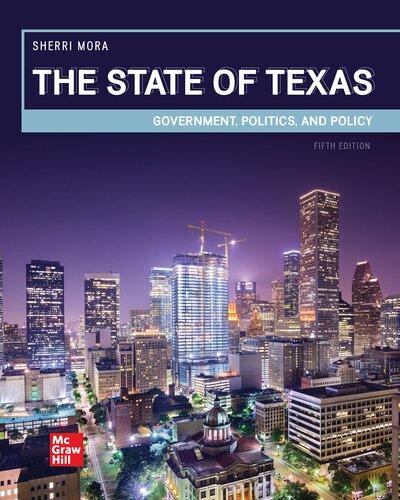
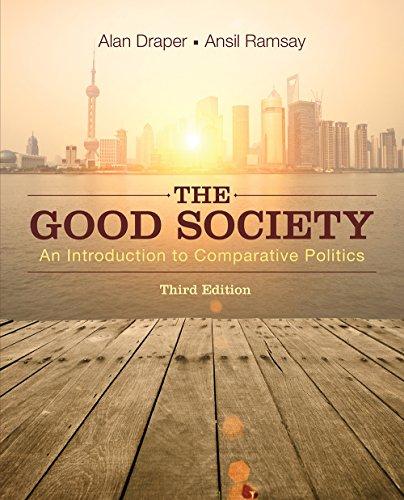
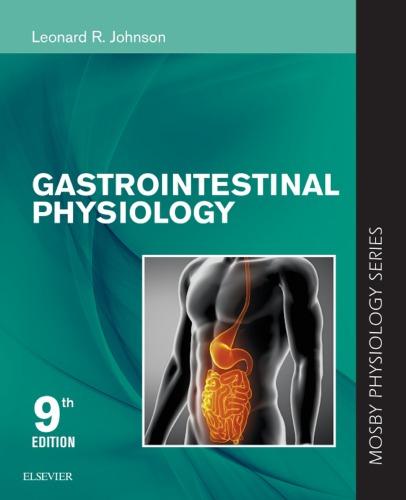
https://ebookmass.com/product/bagels-schmears-and-a-nice-piece-offish-cathy-barrow/
ebookmass.com
Stern’s Introductory Plant Biology 14th Edition James E. Bidlack
https://ebookmass.com/product/sterns-introductory-plant-biology-14thedition-james-e-bidlack/
ebookmass.com


1.1
List of Tables, Figures, and Boxes
5.1
6.1
6.2
6.3
6.7
competencies and refocus our attention on topics such as data analysis, managerial economics, labor market analysis, communication, and international public human resource management. I conclude the text with an assessment of the potential challenges and opportunities public HR managers will face in the 21st century, tying together the analysis of PHRM reforms in each chapter into an overall analysis.
One final note about the organization of the text. In response to my students’ many in-class questions, I incorporate nonprofit human resource management issues into the text. You will notice that each chapter offers a “Nonprofits in Focus” box. The recurring boxes provide insight into how the issues raised in each chapter affect nonprofits. While nonprofits are frequently included in the public affairs curriculum, they are also governed by a distinct set of legal guidelines. This is indeed the case for human resources in the nonprofit sector, where personnel rules and guidelines do not always mirror those of federal, state, and local PHRM.
Acknowledgments
I’m thankful for the support of colleagues and friends in the academy. If not for their encouragement Public Human Resource Management: Strategies and Practices in the 21st Century would have simply been an idea. Their insight and feedback proved instrumental in the delivery of the final product.
Thanks also go to my students in several semesters of PA 6345 Human Resource Management over the course of writing my text. They often served as a sounding board for many of my ideas for case studies and exercises. Ultimately, the text is meant to serve their needs as future stewards in the public and nonprofit sectors.
Working with the editorial team at CQ Press is without a doubt a professional highlight of my career. Publisher Charisse Kiino and development editor Nancy Loh were instrumental in supporting my contribution to academic literature and offered invaluable suggestions. The final version of the text also benefited from the exemplary copy editing expertise of Paula Fleming.
Finally, I am eternally grateful to my family for their patience and support over the duration of this project. Thanks to my wife Leah for her advice and editing suggestions. Thanks go to my son Luca for his patience while Daddy worked on his book instead of having playtime. My daughter Lola was born during the writing process, so once again I am thankful to my wife for answering late-night wake-up calls when Daddy needed to get up early to work on his book.
Introduction
Public Human Resource Management in the 21st Century
Human resource management is an essential part of any organization, encompassing a wide range of activities and functions, including staffing and recruiting, administration of benefits and payroll, workforce planning, training and development, performance appraisal, discipline, labor-management relations, and overall employee well-being. In fact, most employer-employee relations in any organization involve some aspect of human resources. This is true regardless of whether the organization is in the public sector (government), the private sector (for-profit companies), or the nonprofit sector. However, public human resource management (PHRM)—human resource activities at the federal, state, and local levels of government—can be particularly challenging, as it often entails complex legal guidelines that apply exclusively to public sector employees and public organizations; guidelines that human resource managers must understand, abide by, and enforce. It is the policies, regulations, and practices of PHRM that are the focus of this book.
Furthermore, this text takes a contemporary approach in its coverage of PHRM, recognizing that over the last few decades, traditional PHRM has given way to quite a different landscape, one that looks increasingly like the private sector. Beginning in the late 1970s, a series of reforms has aimed at improving the efficiency of public services. The impetus for these reforms has been a critical view of traditional public management practices, especially of human resource practices. These have often been depicted as archaic and rule bound and as epitomizing the convoluted practices typical of bureaucracy. Traditional PHRM espoused democratic ideals and values, emphasized fair and equitable treatment of all public employees, and protected public employees’ rights. However, traditional PHRM also conformed rigidly to rules and regulations and was based on a hierarchical structure, wherein a central personnel office set policy and made decisions that then filtered down to divisions or subordinate offices. Thus, making hiring and termination decisions in the public sector was
2007; Kettl et al. 1996). Functions such as planning, hiring, development, and discipline—typically centralized processes common to most levels of government— have been challenged by the current wave of reforms; they are now seen as civil service practices emblematic of bureaucratic inflexibility, inefficiency, and ineffectiveness. Greater managerial latitude has been afforded politicians and managers alike over personnel decisions and functions. As mentioned above, five distinct reform themes have emerged over the last three decades: decentralization, performance-based pay, declassification, deregulation, and privatization, and all have all challenged the traditional core of PHRM. Table 1.1 provides a summary of the five reform themes. In the
Decentralization
Performance-Based Pay
Staffing and compensation decisions are increasingly being made by agency and division level managers.
Termination, transfer, and demotion decisions have also devolved to lower levels.
Employment-at-will environments are removing hierarchy-based rules and regulations for staffing and compensation decisions.
Compensation is increasingly tied to performance.
There is greater appreciation for effective performance appraisal and job analysis.
Pay based on annual merit increases is being used as a recruitment, retention, and motivational tool.
Declassification
Salary and benefits are increasingly offered in nontraditional manners, such as broadbanding or paybanding.
Classic step-in-grade classification and compensation is eschewed in favor of less finite job descriptions and pay.
Greater skill is required to negotiate employment packages.
Deregulation The expectation of continued employment is increasingly eroded or eliminated. A greater knowledge of the legal environment of PHRM is needed.
PHRM systems may exhibit a mixture of step-in-grade classified and unclassified personnel, or even an employment-at-will environment.
Privatization
Many HR-related functions are being outsourced to private and nonprofit organizations.
Negotiation and cost-benefit analysis skills are essential for awarding of contracts.
HR personnel are often tasked with managing and monitoring contracts and contract employees.
HR personnel increasingly need knowledge of contract law.
distributed as increases to base pay (i.e., merit pay), one-time bonuses, or a combination of the two (Kellough and Nigro 2002, 146). According to Kellough (2006),
Presumably, such a policy would prevent resentment or alienation of the best employees that could result when their superior contributions are not recognized, and they receive the same pay as their less-productive colleagues. At the same time, poorer performers are offered an incentive to improve their levels of productivity. (184)
The federal government tested performance-based pay systems from 1981 to 1993 (Kellough and Nigro 2002). However, government-wide attempts during this period, which relegated performance-based pay to individual agency-level decisions, proved unsuccessful. An inability to distinguish poor performance from other levels of performance, inadequate financial support, and insufficient evidence to confirm improved performance led to the demise of federal performance-based pay systems (Perry, Engbers, and Jun 2009; Perry, Patrakis, and Miller 1989). More recently, the Homeland Security Act of 2002 granted authority to DHS and DOD to implement performance-based pay systems. According to Brook and King (2008), approximately 90,000 of the total 2.7 million federal civilian employees were covered by performance-based pay systems by 2005 (10).
Despite its problematic history at the federal level, numerous jurisdictions at the state level have continued to pursue performance-based pay systems (Hays 2004). Hays and Sowa (2006) noted that more than half of the states they surveyed indicated either implementing or planning some form of pay reform. GeorgiaGain, the performancebased pay reform in the state of Georgia, has garnered significant attention from both practitioners and academics as a result of implementation problems (Kellough and Nigro 2002, 2006b). Like pay reform initiatives elsewhere, the Georgia reforms were politically popular, but they failed to achieve demonstrable evidence of success among state employees. Even though implementing GeorgiaGain has proven problematic, the state has continued to rely on performance-based pay for improving employee and agency productivity. In Georgia, as with in many states, this is often the result of the government’s desire to demonstrate legitimacy to the public—that is, while the evidence for success is sparse, the continued pursuit of accountability policies in itself is attractive to a public that feels cynical about traditional government efficiency (Perry, Engbers, and Jun 2009). Thus, politicians are encouraged to continue advocating performancebased policies as long as citizens are convinced that government is broken.
Declassification
Civil service systems have typically employed hierarchical step-in-grade classification structures as a means for career management. Upon hire, public employees are
